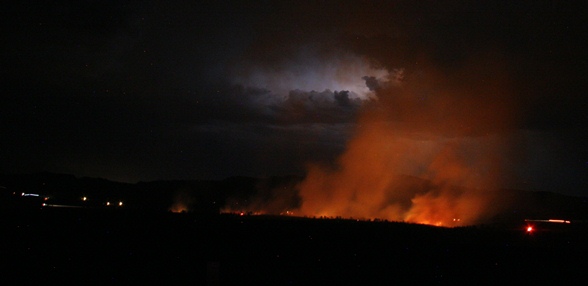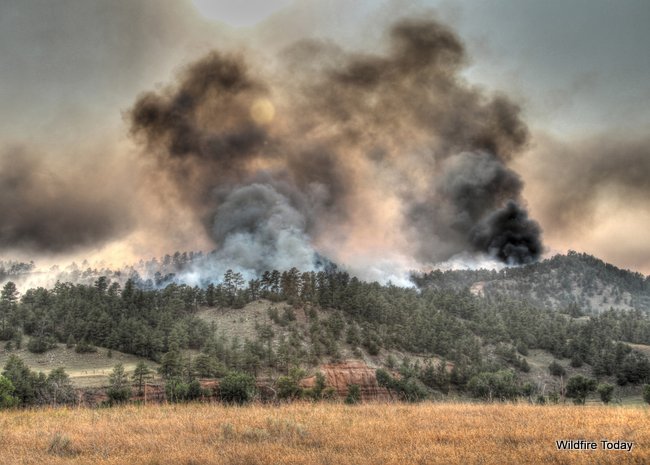
The process of developing the National Cohesive Wildland Fire Management Strategy required by the 2009 FLAME Act to seek national, all-lands solutions to wildland fire management issues, is nearing completion after three years.
The Missoulian has an interesting article that highlights some of the issues the planning is considering. Here are some excerpts:
======================================================
“The scientists aren’t going to say, ‘This is what you need to do,’ ” [former forest supervisor Alan] Quan said. “They’re saying, ‘Tell us what are the questions you want answered.’ And the answers may be so outrageous, it could force another way of thinking.”
The first question: If the country keeps fighting wildfires the way it has been, what will forests look like in 10 or 20 years? The second question: If we don’t like that trend, what would it take to change it?
And the trend looks bad. Last week, Doug Morton of NASA’s Goddard Space Flight Center released results of a new climate model and its implications for wildfire.
The short version of his findings: Extreme fire seasons will become two to four times more frequent in the next 30 or 40 years. Fire seasons like 2012, where 6.17 million acres burned nationwide, may become normal.
[…]
The national strategy suggests three big goals: Restore fire-adapted landscapes. Protect communities. Suppress fire. And it provides three tools: An unprecedented gathering of fire science data. A mapping project to visualize that information throughout the country. And a risk trade-off analysis to make sense of it all.
The data has been piling up for the past three years. The maps have progressed at the same time. The risk analysis should be ready next June.
========================================================
Thanks go out to Dick and Eric.













